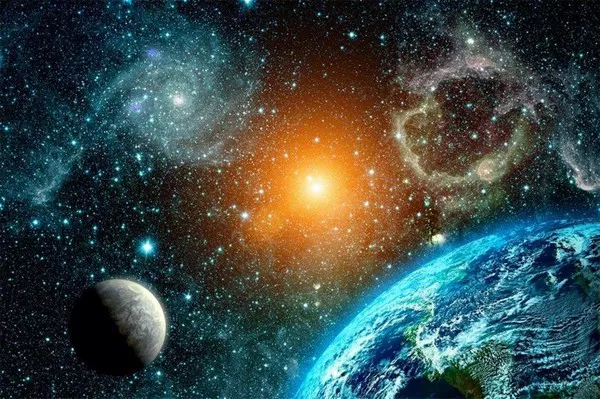1. Eratosthenes Measures the Earth (circa 250 BCE)
Eratosthenes, a Greek polymath, devised a method to accurately measure the Earth’s circumference around 250 BCE. By observing the angle of the Sun’s rays at noon in two different locations and using basic geometric principles, Eratosthenes calculated the Earth’s size with remarkable precision. This groundbreaking discovery demonstrated the spherical nature of our planet and laid the foundation for modern geodesy and cartography.
2. Kepler’s Laws of Planetary Motion (Early 17th Century)
Johannes Kepler formulated three fundamental laws governing the motion of planets around the Sun. Kepler’s laws, based on meticulous astronomical data and mathematical reasoning, provided a universal description of planetary motion and revolutionized our understanding of celestial mechanics. These laws paved the way for Isaac Newton’s theory of universal gravitation and laid the groundwork for modern physics.
3. Hubble Discovers the Expanding Universe (1920s)
Edwin Hubble’s observations with the 100-inch Hooker telescope at Mount Wilson Observatory revealed that galaxies are not only distant but also receding from us. By demonstrating that galaxies are moving away from each other and that their recession speed is proportional to their distance, Hubble provided compelling evidence for the expanding universe. This discovery transformed our understanding of the cosmos and led to the development of physical cosmology.
4. Confirmation of Black Holes (20th Century)
Building on Einstein’s theory of general relativity, astronomers confirmed the existence of black holes, regions of spacetime where gravity is so intense that nothing, not even light, can escape. Despite decades of debate and skepticism, observational evidence, including X-ray binary systems and supermassive black holes, supported the existence of these enigmatic objects. Black holes continue to challenge our understanding of gravity and serve as testbeds for fundamental physics.
5. Stellar Nucleosynthesis (1957)
Margaret Burbidge, Geoffrey Burbidge, William Fowler, and Fred Hoyle elucidated the process of stellar nucleosynthesis, revealing how stars synthesize elements through nuclear fusion. This comprehensive understanding of how stars produce elements, from hydrogen and helium to heavier elements like carbon, oxygen, and iron, provided insights into the origin of chemical elements in the universe. Stellar nucleosynthesis highlights our interconnectedness with the cosmos and underscores the role of stars in shaping the universe’s composition and evolution.
These five astronomical discoveries represent pivotal moments in human history, advancing our understanding of the cosmos and our place within it. From measuring the Earth’s size to unraveling the mysteries of black holes and stellar evolution, each discovery has left an indelible mark on astronomy and science as a whole. As we continue to explore the universe, these foundational insights will guide and inspire future generations of astronomers and scientists.


























